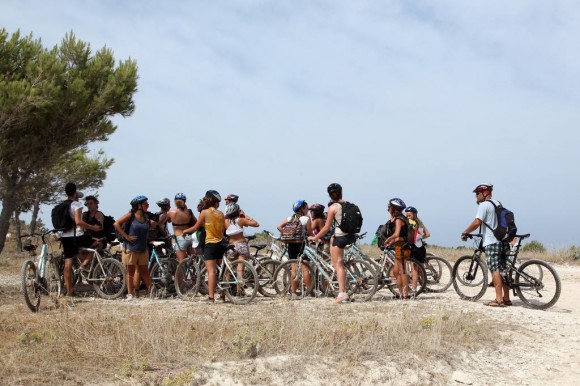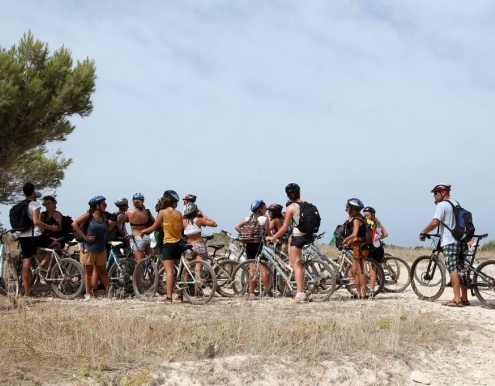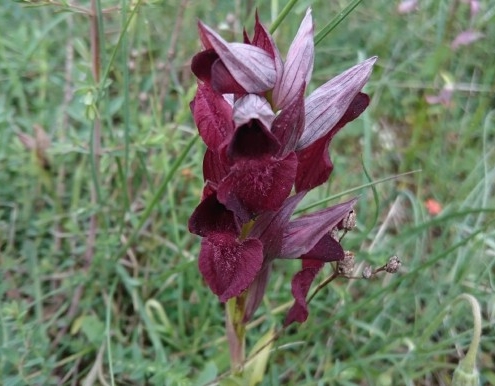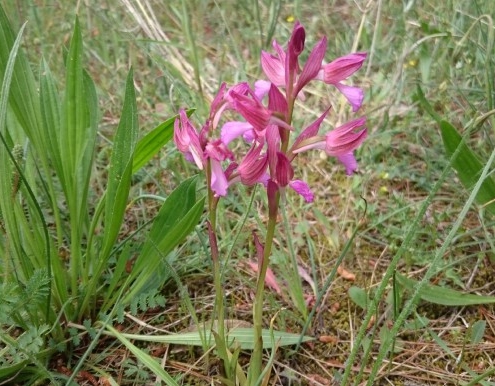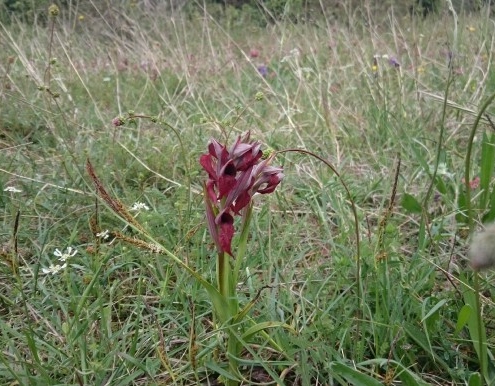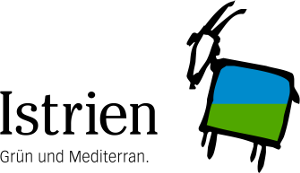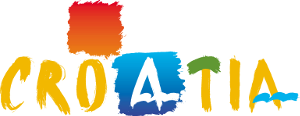1. THE NATURAL SPLENDOUR OF THE LOWER KAMENJAK –recommended
from April to June and in October
In the village of Premantura, at the eco centre House of Nature, expert persons introduce the visitors to the programme. There the film on the protected Mediterranean tape weed Posidonia oceanica is projected.
You continue by bicycles to the Lower Kamenjak, which is rightly labelled also as a miracle of the natural architecture, known by many as Kamenjak cape. It spreads on a peninsula 3,400 long and 500-1,600 metres wide. Besides 30 bays and 11 islets its natural splendour is due to as many as 600 plant species, among which there are 30 species of orchids, 2 of which are endemic. There is a rich land fauna, indicated on the educational trail that describes a little part of the nature resources of that unique area. There are five information boards along the trail, describing plant communities, dinosaurs, birds, orchids, and the spider known as Black widow.
Nobody is left uninterested by the trail which gives an insight into all the beauty of Kamenjak.
Diving in shallow water can give an insight into the amazing biodiversity of the sea bottom of Kamenjak. Its coasts represent one of the richest sites of rudist limestone in Europe and numerous are fossil remains of shells and cephalopods.
Riding the bicycle in the scented macchia scrubland, grove and meadows, is a true pleasure.
Time has come to take a rest and refreshment, to talk about what was seen, to look for and study the material.
The guide will tell you more interesting things as for example that there are footprints of dinosaurs at Kamenjak, that the richest site of footprints is on the coast area of Fenoliga island, where there are more than 100 footprints, lying in six regular paths indicating the directions of their movements.
The forward area of Kamenjak is an important migration direction for many migratory bird species, but it is also the place where many bird species make their nests. As many as 192 bird species have been recorded at Kamenjak so far. You will learn also how we can contribute to the preservation of butterflies, insects, protected and endangered marine species, and you may also see the Mediterranean monk seal, enjoying on the beach.
2. Let’s get acquainted with the life in a SEA CAVE
The expert team of the Marine School Valsaline will, first make a theoretical introduction to the biology of sea caves, continue with a free-diving course: theoretical and practical introduction to free-diving technique.
You will learn how to immerse correctly with a mask, snorkel and fins, in order to move underwater safely and for long.
The adventure starts by a boat trip to the sea cave. We use underwater light to dive together into the cave where we meet special marine life forms, never seen on the land: sessile organisms (Anemone, Sponges, Hydroids, moss animals…).
Ecological comprehension and getting to know life factors: light, food, competitive struggle to survive.
An adventure is swimming in the wide cave, 40 metres wide, ending in a marvellous pebble beach in the big hall.
Package arrangement:
– 4 half-boards
– 2 educational workshops
– assistance

